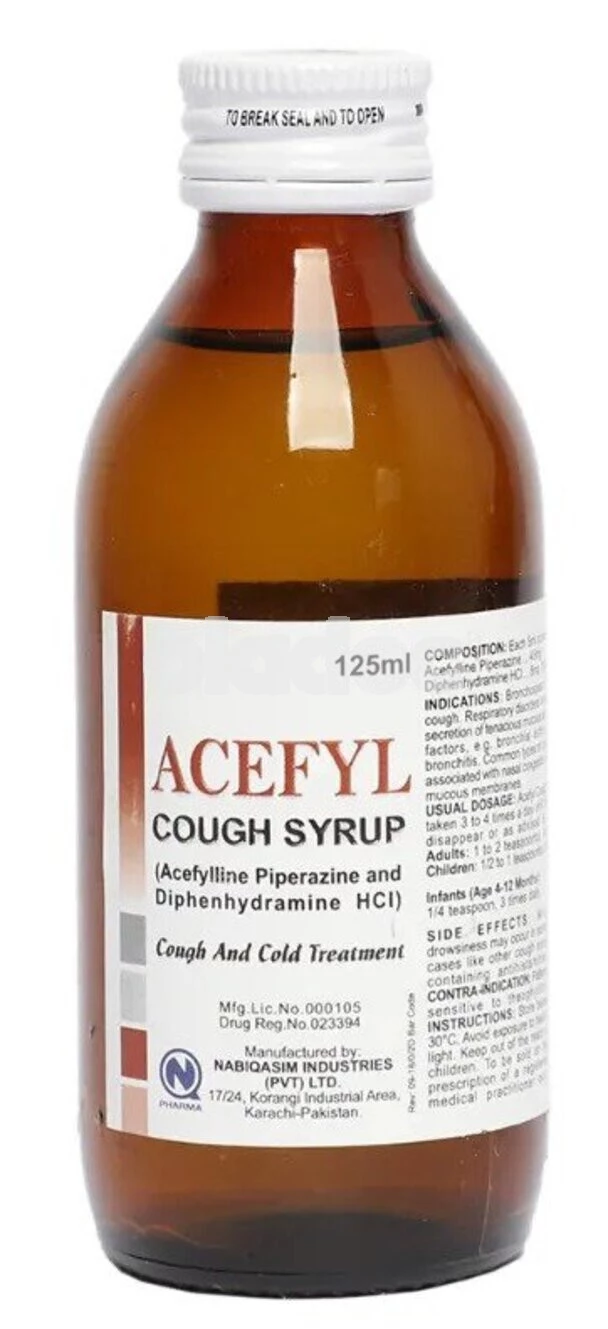Whether it be vocal cord paralysis that severely affects one’s quality of voice and sound, the development of nodules, polyps or cysts in the throat cavity as a result of vocally demanding professions such as teaching, singing, and public speaking, or assistance in healing vocal fold wounds post-surgery, all can benefit from voice therapy: a behavioral program consisting of various specialized breathing and voice utilization techniques performed with the assistance of a trained professional.
The Sessions:
Therapy sessions generally consist of 2 parts, and depend upon the specific condition and the underlying cause:
1- Vocal Hygiene:
This involves teaching and upkeep of preventative health care measures that commonly include adequate hydration, reduction of chemical irritant exposure such as cigarettes and acid reflux, and avoidance of vocally straining habits, such as yelling, throat-clearing, and frequent loud voice usage.
2- Voice Therapy:
After educating patients on the structural and functional mechanisms of the voice production system to help them take active charge in the treatment and prevention of further vocal damage, they are then taught exercises to help coordinate breathing, improve vocal chord strength, flexibility and endurance, produce sound, and achieve the desired pitch and loudness according to individual daily communicative requirements while keeping vocal health in mind. For those who have undergone surgery, voice therapy also aims to regain vocal function and return the voice as close as possible to its normal condition.
Length:
Depending upon personal therapy goals and progress per session, the entire voice therapy program varies from 3-4 sessions to 12 weeks or more, with weekly or bi-weekly sessions (that reduce to once a week as treatment progresses) lasting for a half hour.
Who Performs It?
The common misperception is that Sleep-Language Pathologists (SLPs) administer voice therapy. While they do start out with the same qualification, some SLPs further specialize in ‘Voice Therapy’, particularly considering that ‘voice’ is the sound, or vibrations produced by the voice box, whereas ‘speech’ are the words produced using the tongue and voice, making them the only specialists qualified to administer voice therapy.
Treatment Options:
Voice Treatment constitutes 2 broad categories that are administered depending upon the type and severity of the disorder:
- Physiologic Voice Therapy: Directly modifies the function (physiology) of the vocal mechanism.
- Symptomatic Voice Therapy: Uses a variety of facilitating techniques to modify unusual vocal symptoms or perceived voice components.
Some specific therapies that fall under these broad generalizations include:
1- Lee Silverman Voice Treatment:
This is the most popular vocal treatment for people with Parkinson’s disease for the restoration of speech and oral communication, a common complication of the condition, by increasing vocal loudness. Considered more effective than medications and surgery for speech restoration, most people show drastic vocal improvements with only a month of treatment.
2- Singing Voice Therapy:
Specifically for singers with vocal health issues and injuries, this particular therapy is conducted by a medically qualified vocal trainer, or Singing Voice Specialist (SVS), who aids in their rehabilitation by optimizing the patient’s airflow and vocal resonance (enhancement of speech sounds).
3- Cough Suppression Therapy:
This particular therapy aims to improve and prevent vocal distress resulting from chronic coughs by reducing the severity, duration, and frequency of coughing fits. With only 1-3 sessions, the procedure involves learning to recognize the symptoms and perform cough suppression exercises, such as throat shape modification and relaxed breathing prior to the onset of a coughing fit.
4- Respiratory Retraining:
People with Paradoxical Vocal Fold Movement (PVFM), a vocal disorder with symptoms akin to asthma, learn to relax their muscles, retrain their breathing cycles for relaxed rhythmic breathing and reduce the effort required to breathe during a PFVM attack in order to prevent vocal damage.
At-Home Or In-Office?
Most people who opt for voice therapy are essentially learning to breathe and speak differently, meaning that it is not simply a list of words, sounds or exercises for repetitive practice, but an entirely new learning process. Hence, like all new-skill acquirement procedures, regular professional guidance, and assistance via one-to-one therapy sessions, along with individual practice, is absolutely necessary.
Voice therapy is often combined with medication therapies such as botulinum toxin injections. If you experience symptoms of any vocal disorder or another condition that causes vocal damage, contact your doctor about the best treatment option for you.
At oladoc, you can find an ENT specialist in Lahore, Karachi, and Islamabad and get a confirmed appointment. Moreover, you can also get an appointment by calling our helpline: 042-3890-0939.










